Try standing before a locked door, and you will feel that pull to see what’s on the other side.
Our planet has its own locked doors. These are places of incredible beauty, danger, and mystery. They are sealed off from all of us.
I’ve recently been fascinated by these locations. This journey will take us to 11 forbidden caves around the world.
We will explore why their gates are shut. A few hide secrets we can only guess at.
Let’s peek behind these locked doors together.
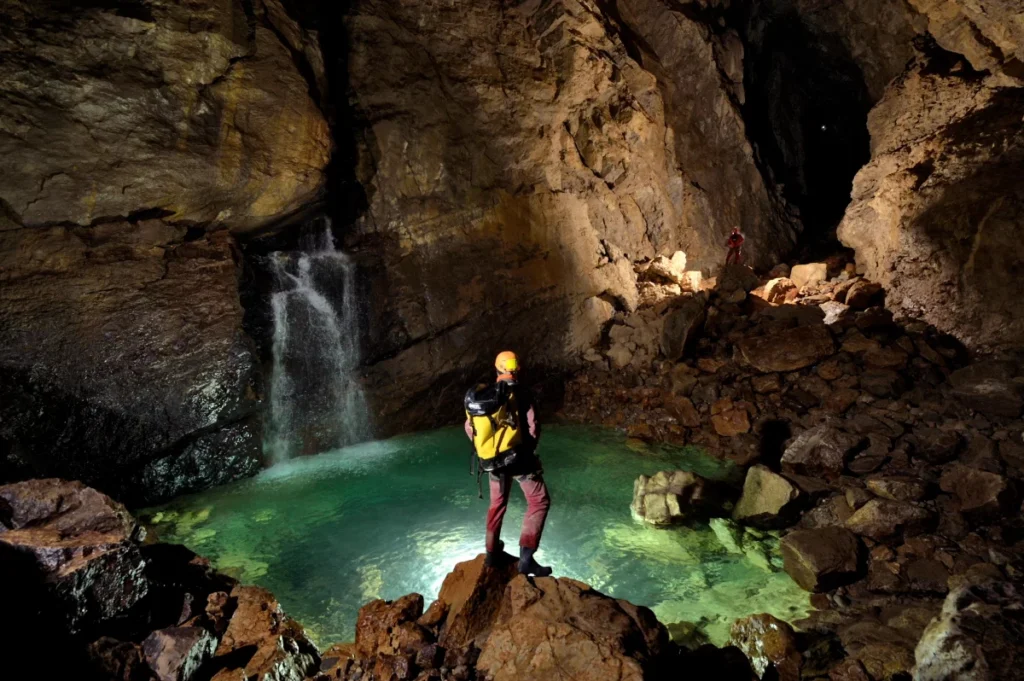
Contents
A Journey into 11 Forbidden Caves Around the World
Here is a quick guide to our destinations. Each one has a unique story.
Cave Name
Location
Why It’s Forbidden
Public Access
Lascaux Cave
France
Fragile Prehistoric Art
Strictly Prohibited
Chauvet Cave
France
Oldest Prehistoric Art
Strictly Prohibited
Tomb of Qin Shi Huang
China
Unexcavated Imperial Tomb
Strictly Prohibited
Veryovkina Cave
Georgia
Extreme Depth & Flooding
Elite Expeditions Only
Krubera Cave
Georgia
Extreme Depth & Technicality
Elite Expeditions Only
Gouffre Berger
France
Lethal Flash Floods
Experts Only, High Risk
Nutty Putty Cave
USA
Sealed Grave Site
Permanently Sealed
Cueva de la Muerte
Costa Rica
Lethal CO2 Gas
Immediately Fatal
Devil’s Springs System
USA
Underwater Labyrinth
Cave Divers Only
Sistema Huautla
Mexico
Extreme Depth & Complexity
Elite Expeditions Only
Dulce Base
USA
Alleged Secret Base
Purely Legendary
The Sanctuaries: Sealed to Save Priceless History and Prehistoric Cave Paintings
Some places are just too precious to touch. They hold the very first stories of humanity.
Visiting them would destroy them. So we lock them away to keep them safe.
These are some of those sacred, forbidden caves around the world.
1. Lascaux Cave, France
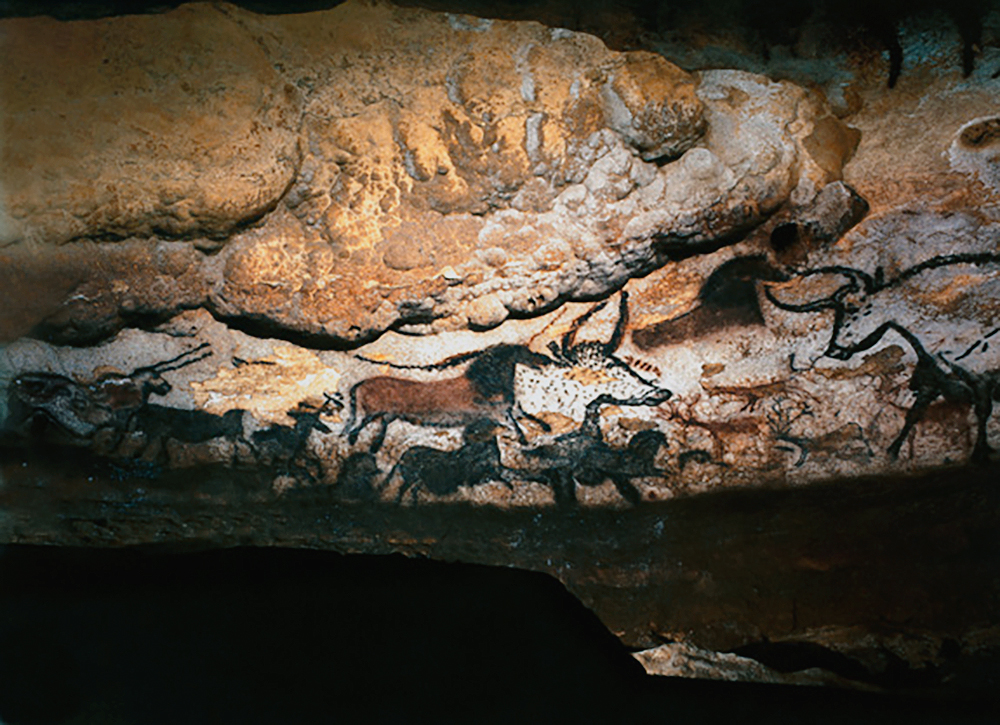
In 1940, four teenagers followed their dog, Robot. He had fallen into a hole near Montignac, France.
What they found was a time capsule. The walls were covered with stunning art. Over 600 paintings of horses, stags, and bulls danced in the dark.
These incredible prehistoric cave paintings were 17,000 years old.
The cave opened to the public in 1948. It was a huge success. But our presence was a poison.
The carbon dioxide from our breath faded the colors. Moisture caused green mold and white fungus to grow on the art.
In 1963, France made a hard choice. They closed Lascaux forever to save it. The cave that showed us our deep past was now forbidden.
2. Chauvet Cave, France
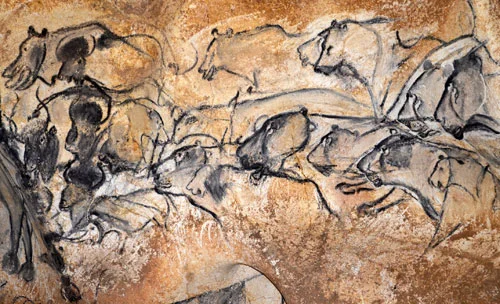
In 1994, three explorers found Chauvet Cave in southern France.
The art inside is an astonishing 36,000 years old. It is the oldest and most detailed art of its kind ever found.
The artists used sophisticated techniques. They scraped the walls to create smooth canvases. They used shading to give animals a 3D feel.
The world learned a lesson from Lascaux. Chauvet Cave was sealed almost immediately. Only a few scientists are allowed inside for very short periods.
This protects these priceless prehistoric cave paintings from any harm. We know it exists. But we can never walk its halls.
It is a masterpiece hidden to be preserved.
3. Tomb of Qin Shi Huang, China
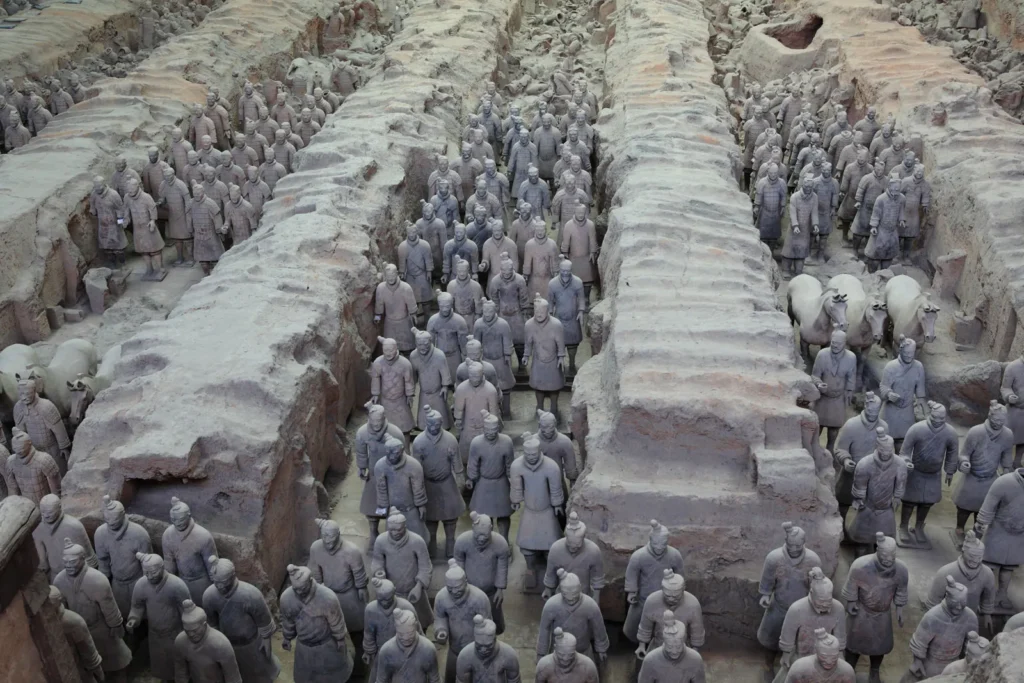
This is not a natural cave, but a man-made wonder. It’s the final resting place of China’s first emperor. He was buried around 210 BCE.
We know the famous Terracotta Army guards it. But the emperor’s actual tomb remains sealed. Why? For many reasons.
First, there is deep respect for the site. Second, we lack the technology to excavate it safely.
When the terracotta warriors were unearthed, their vibrant paint faded in hours. Imagine what would happen to 2,200-year-old silks and paintings.
Ancient records also speak of deadly traps. They mention rivers of liquid mercury. Modern tests show high mercury levels in the soil, so the legends might be true. The tomb protects itself.
The Abysses: Earth’s Most Dangerous Caves in the World
Some caves are forbidden for a simpler reason. They are incredibly dangerous.
They test the limits of human endurance. To enter them is to risk everything.
These are the planet’s deepest and most hazardous abysses.
4. Veryovkina Cave, Georgia
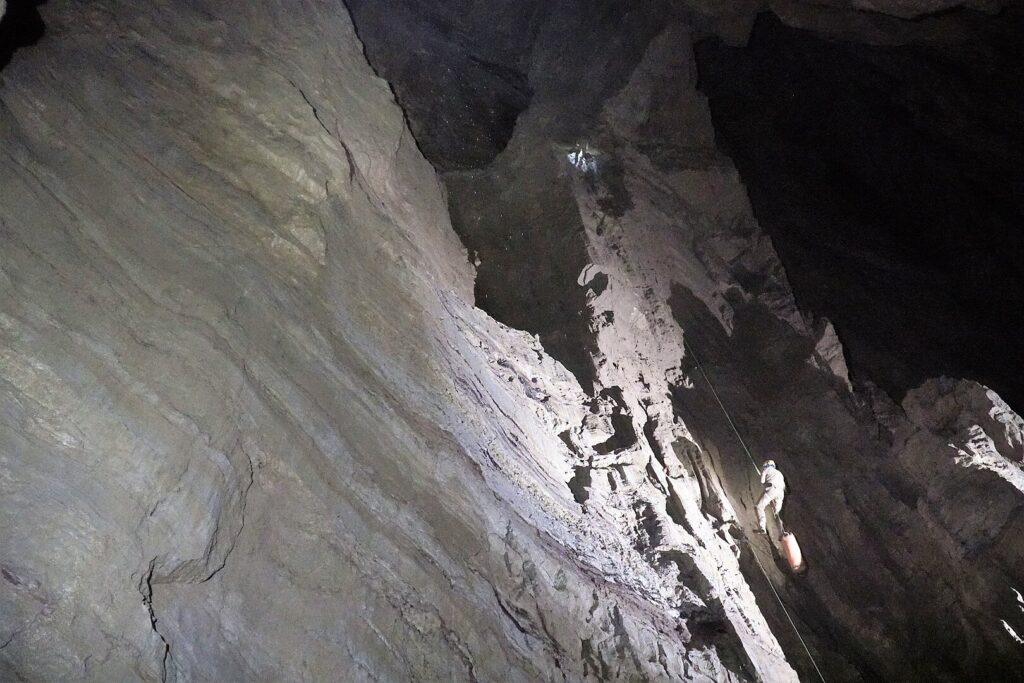
Welcome to the deepest cave on Earth. Veryovkina Cave plunges 2,209 meters (7,257 feet) into the mountains of Abkhazia, Georgia.
Getting to the bottom takes a team of experts days. They set up underground camps, just like on Mount Everest. But the depth is not the only danger.
In 2018, a sudden storm on the surface sent a flood pulse through the cave. A team deep inside got a warning just in time. They had to climb out through a thundering waterfall. They barely escaped.
This place is one of the most dangerous caves in the world. In 2020, a solo caver wasn’t so lucky. His body was found over a kilometer down.
5. Krubera Cave, Georgia
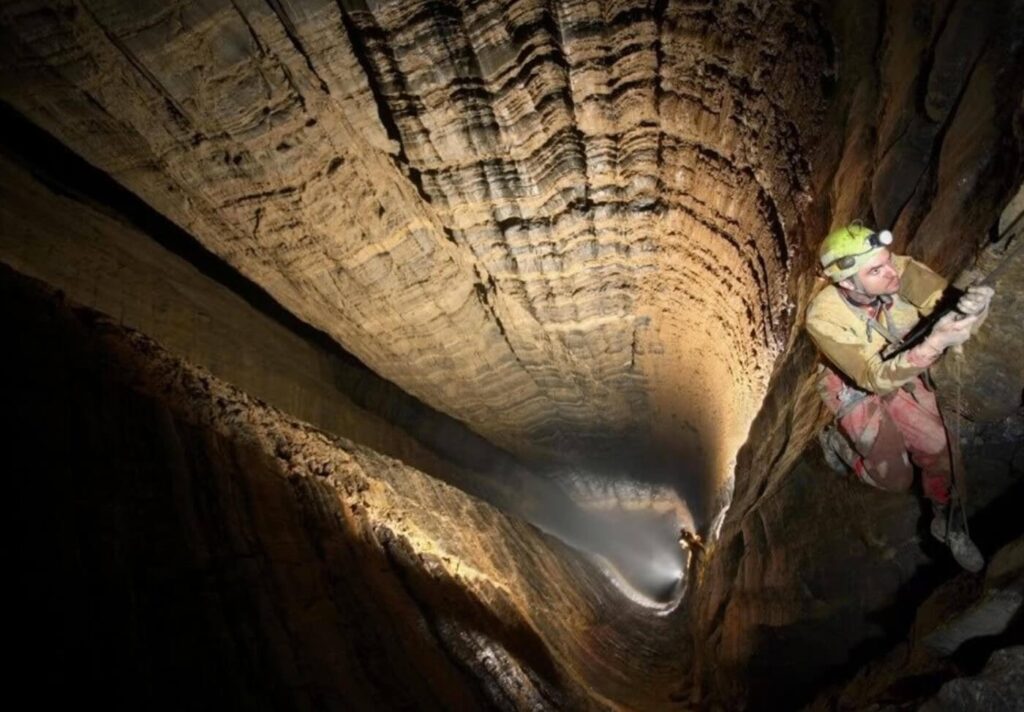
Before Veryovkina, Krubera Cave was the “Everest of Caves”.
It was the first to be explored beyond 2,000 meters deep. It’s a maze of narrow passages and flooded tunnels.
Exploring it requires elite caving and diving skills. It remains one of the most challenging descents on the planet.
Krubera is a scientific frontier. In 2010, scientists found a species of springtail living almost 2,000 meters down. It was the deepest-dwelling land animal ever discovered.
This cave pushes the limits of human exploration. It also redefines where life itself can exist.
6. Gouffre Berger, France
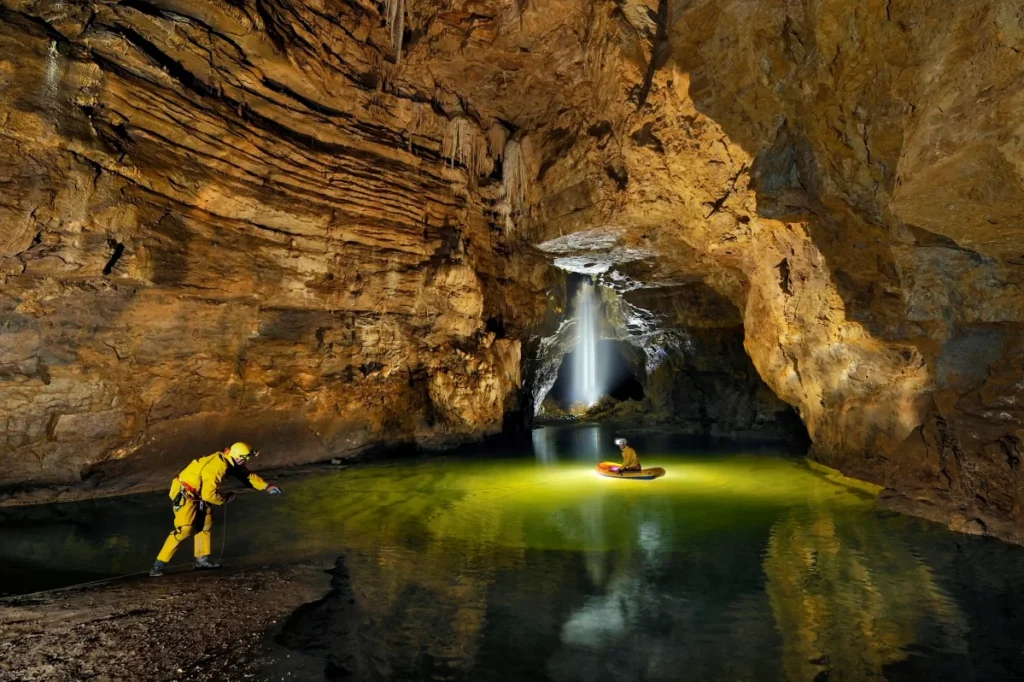
This cave in the French Alps has a fearsome reputation. It was the first cave explored past 1,000 meters deep.
But its true danger is deceptive. Gouffre Berger is a death trap when it rains. Storms on the surface funnel water directly into the cave. It can flash flood with terrifying speed.
Most of the six deaths in this cave were due to drowning. In 1996, two experienced cavers were caught in a flood and died.
This makes it one of the most dangerous caves in the world for the unprepared. The threat isn’t just below you. It’s in the sky above.
7. Nutty Putty Cave, USA
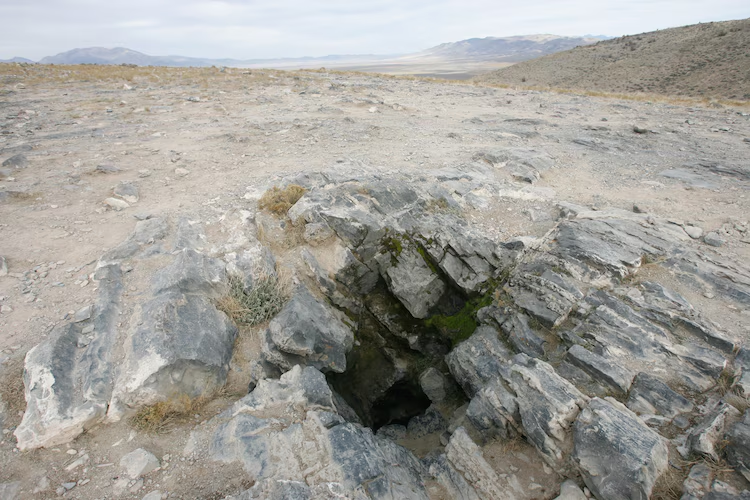
Nutty Putty Cave in Utah was once a popular spot for adventurers, and you probably know the story.
In 2009, a 26-year-old medical student named John Jones went exploring with his family. He made a wrong turn. He slid headfirst into an unmapped passage and became stuck upside down in a crack just 10 inches wide.
Rescuers worked for 28 hours. They tried everything to free him. But his position made it impossible. John passed away in the cave. His body could not be recovered.
The state sealed the cave with concrete. It is now his final resting place, a solemn memorial to a life cut short.
8. Cueva de la Muerte, Costa Rica
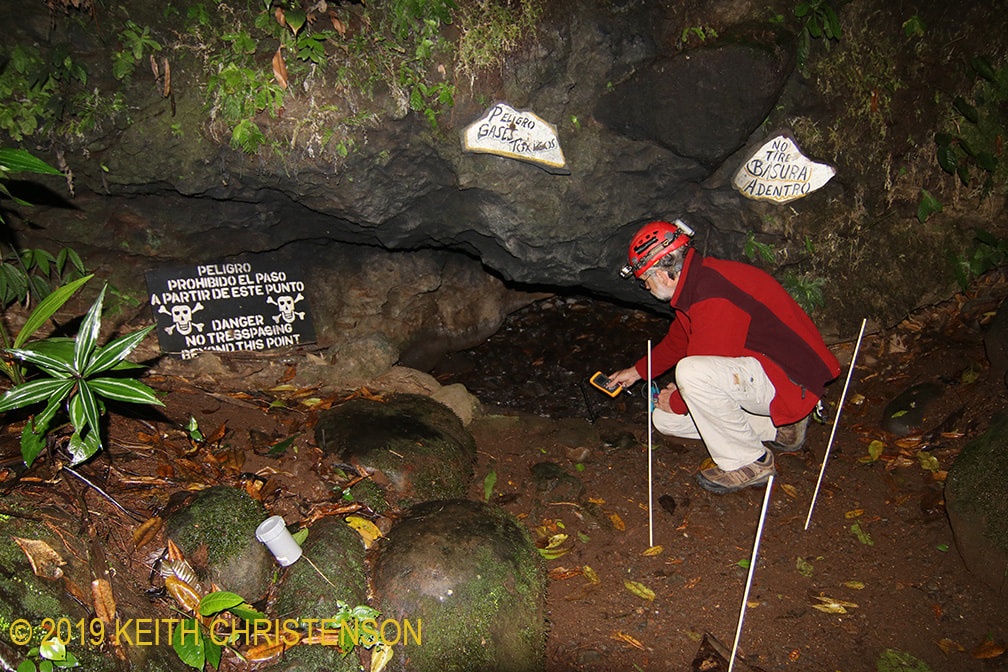
The “Cave of Death” in Costa Rica is small and unassuming. But it hides an invisible killer.
The cave is a natural trap for carbon dioxide gas. The CO2, which is heavier than air, fills the bottom of the cave. It pushes all the oxygen out.
Anything that wanders in dies instantly from suffocation. And you can see it in action. A lit torch goes out the moment it’s lowered into the gas layer.
The ground is littered with the bodies of insects and small animals.
No skill or bravery can save you here. It’s a place where you simply cannot breathe.
9. Devil’s Springs System, USA
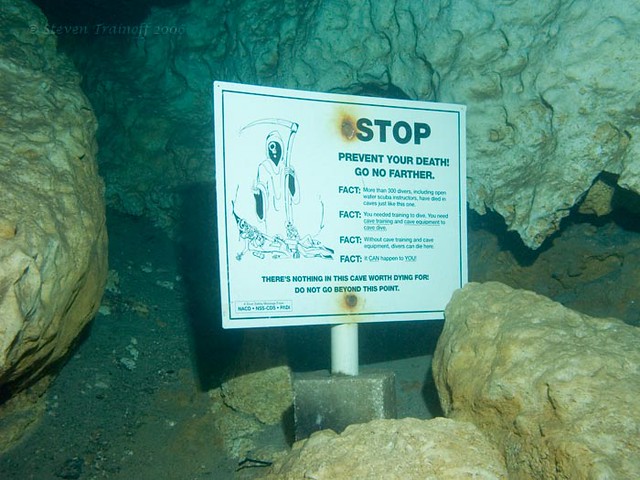
In Florida, a famous sign greets divers. It features the Grim Reaper. The sign says, “STOP! Prevent your death”. It marks the entrance to the Devil’s Springs cave system.
This underwater labyrinth has claimed many lives. It is one of the most dangerous caves in the world for divers.
The danger lies in the overhead environment. Unlike open water, you cannot just swim to the surface. If you get lost, panic, or run out of air, there is no escape.
Accident reports are chilling. They detail how simple mistakes in the darkness become fatal. The cave is forbidden to all but the most highly trained and equipped cave divers.
10. Sistema Huautla, Mexico
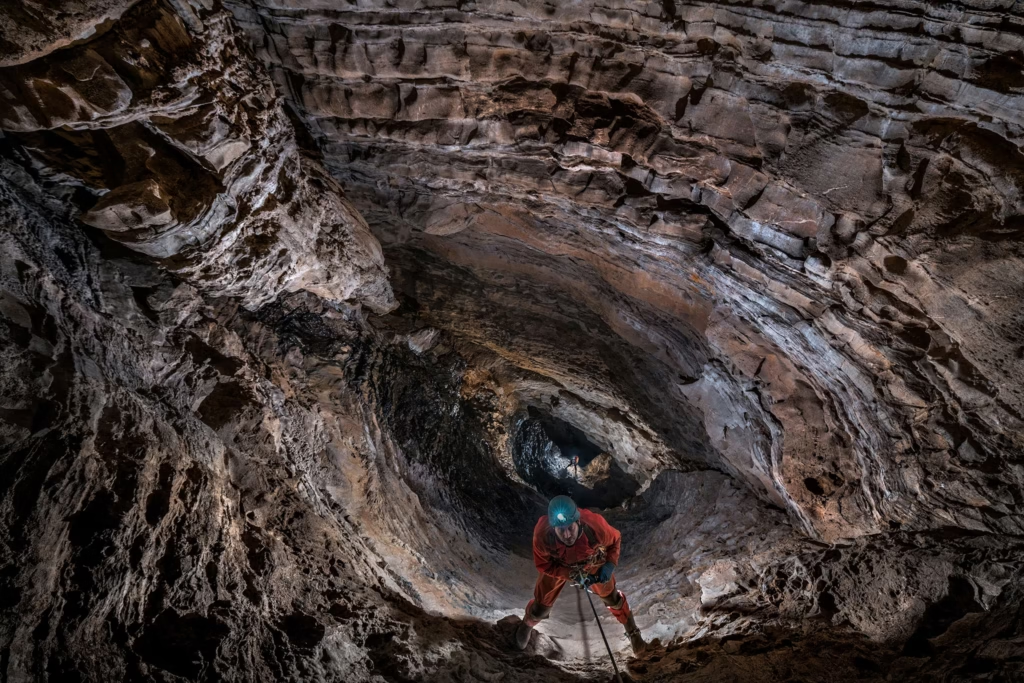
This is the deepest cave in the Western Hemisphere.
It’s a monstrous system in Oaxaca, Mexico. It has 30 entrances and over 100 kilometers of mapped passages.
Exploring it is a life’s work for elite international teams. It’s a true expedition cave.
Getting to its deepest points requires underground camps and expert cave diving. The exploration has been going on for over 60 years. It’s a giant, subterranean puzzle.
The cave has even claimed the life of an explorer. This is one of those forbidden caves around the world that is off-limits simply due to its immense scale and difficulty.
The Enigmas: Forbidden by Legend and Secrecy
Our final cave is different. It is forbidden not by nature or science, but by story.
11. Dulce Base, USA
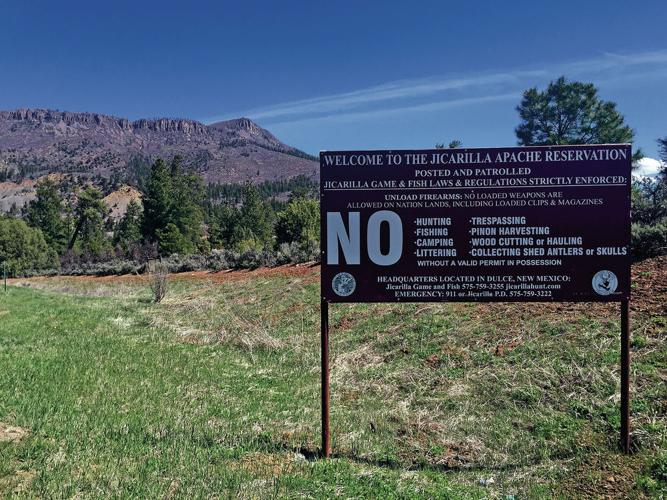
Near Dulce, New Mexico, there is supposedly a secret base. It is a legend in UFO lore. The story tells of a seven-story underground facility.
Here, it is said, the government conducts experiments with aliens. Believers say it is home to advanced technology and human-animal hybrids.
Is it real? There is no proof. No photos. Only stories. But that is what makes it so powerful. You cannot visit to prove it wrong. Its forbidden status is part of the myth.
Dulce Base represents a place made forbidden by our own imagination and suspicion. It’s a fascinating entry in our list of forbidden caves around the world.
From Forbidden to Your Fingertips: How to Visit
We have journeyed to some amazing places. We have seen why these forbidden caves around the world are kept from us.
But this doesn’t mean their stories are lost. In fact, a new kind of travel has emerged.
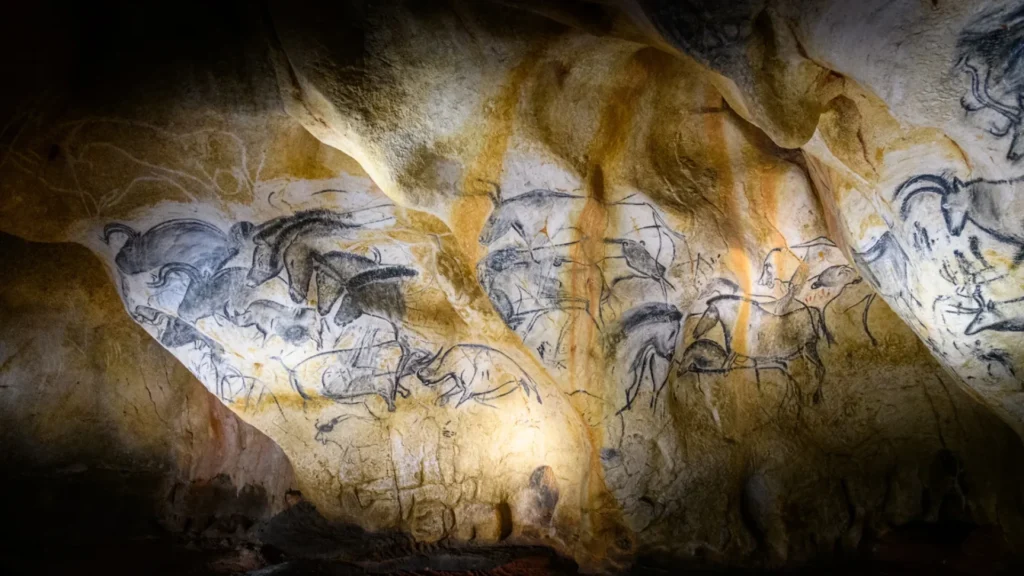
You can visit Lascaux and Chauvet. Not the real caves, but their incredible replicas. Lascaux IV and Grotte Chauvet 2 are not cheap copies. They are multi-million-dollar projects.
They recreate the exact size, temperature, and feel of the originals. Artists spent years hand-painting every detail to match the ancient prehistoric cave paintings.
I believe visiting them is a profound experience.
You can also be an armchair explorer. Watch Werner Herzog’s stunning documentary, Cave of Forgotten Dreams. It takes you inside the real Chauvet Cave with 3D cameras. Many of these sites have amazing websites with virtual tours.
These experiences represent a new way to travel. It is a responsible way. We get to witness humanity’s greatest treasures. And we do it without harming them.
In the end, we have learned to be better guardians of our past. We can explore these wonders while ensuring they survive for generations to come.